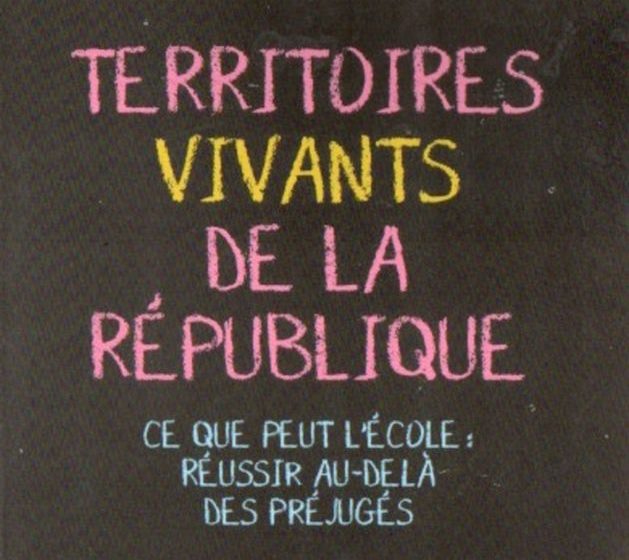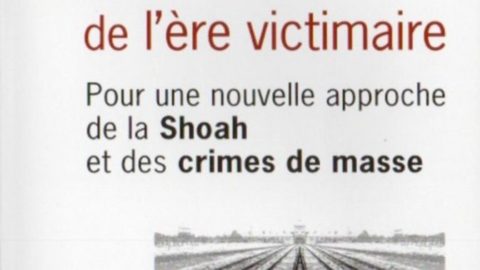In “Territoires vivants de la République”*, (Living areas of the French Republic) A collective work compiled by Benoît Falaize that sheds a different light on the “declinist narrative about schools”, one section is devoted to the Convoy 77 project.
This book sets out to highlight the “great educational successes that remain untold”, in response to a widespread belief that it is difficult, if not impossible, for teachers to perform their duties well in disadvantaged areas of France.
A section entitled “La Shoah, un enseignement impossible?” (“The Holocaust, an impossible subject to teach”) features comments from Anne Angles, a history and geography teacher who was based at the time in Créteil, south west of Paris, and Claire Podetti, who teaches the same subjects in a junior high school in Palaiseau, in the Essonne department. Both are involved in the Convoy 77 project.
“The goal of the Convoy 77 project is to have classes of secondary school students reconstruct the biographies of those [more than 1,300 people] who set off aboard the last large convoy from Drancy to Auschwitz on July 31, 1944. It enables the Shoah to be studied in the context of Europe’s long history”, they write, explaining their working method and the impact of this research on their pupils from diverse backgrounds.”
“Searching for sources, cross-referencing them, checking them, questioning them, and distancing ourselves from them is what history is all about. It also means confronting the lack of traces, testimonies, images or the possibility of identifying people, and acknowledging our powerlessness to our pupils,” they explain. According to these two professionals, this work is both beneficial and rewarding: “The history of the Shoah becomes the history of all our students.”
* “Territoires vivants de la République” was published in 2018 by Editions La Découverte.


 Français
Français Polski
Polski






![The <em>Fondation pour la Mémoire de la Shoah</em>, support to the project preparation[:pl]Fondation pour la Mémoire de la Shoah – wsparcie przygotowań do projektu.](https://en.convoi77.org/wp-content/uploads/2015/11/Capture-décran-2021-11-13-à-23.38.47-672x319-480x270.png)











